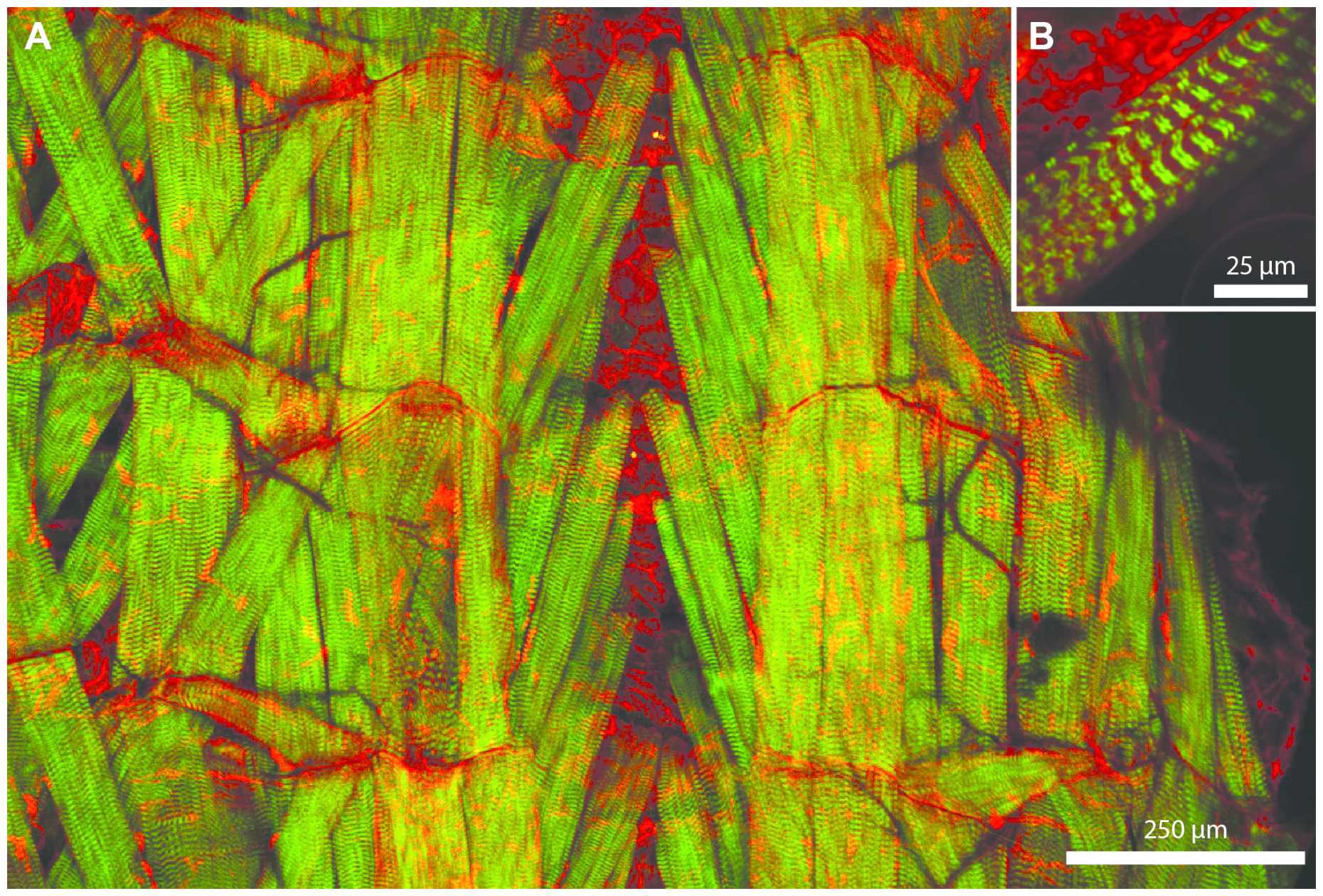Spotlight on Optics - September 2017
Femtosecond semiconductor disk lasers: a great promise for the future of nonlinear imaging
In this highlighted publication by "Spotlight on Optics", we demonstrated in several in-vivo multiphoton imaging experiments that femtosecond semiconductor disk laser can produced similar imaging results to a commonly used Ti:Sapphire laser. Such small, reliable, and cost-effective ultrafast laser sources will widen the use of multiphoton imaging in laboratories and bring in-vivo imaging to new horizons of applications.
F. F. Voigt, F. Emaury, P. Bethge, D. Waldburger, S. M. Link, S. Carta, A. van der Bourg, F. Helmchen, U. Keller, "Multiphoton in vivo imaging with a femtosecond semiconductor disk laser", Biomed. Opt. Expres, vol. 8, pp. 3213-3231, 2017
Related links
- Spotlight article: external pageweblinkcall_made, DownloadPDF (PDF, 62 KB)vertical_align_bottom
- Original publication: external pageweblinkcall_made, DownloadPDF (PDF, 10.9 MB)vertical_align_bottom
Related news links
ETH Zurich news: weblink English version, DownloadPDF English (PDF, 339 KB)vertical_align_bottom, weblink German version, DownloadPDF German (PDF, 337 KB)vertical_align_bottom
Collaborations and financial supports
This work was done in collaboration with the group of Prof. Fritjof Helmchen at the University of Zurich (external pageweblinkcall_made).
The project was financially supported by Nano-tera.ch within the MIXSEL2 project (external pageweblinkcall_made).
These semiconductor disk lasers are now further developed toward commercialization in the field of biomedical imaging by Dr. Florian Emaury, who is supported by a Bridge Proof-of-Concept grant (external pageweblinkcall_made, ETH news).
Contact person: Dr. Florian Emaury

